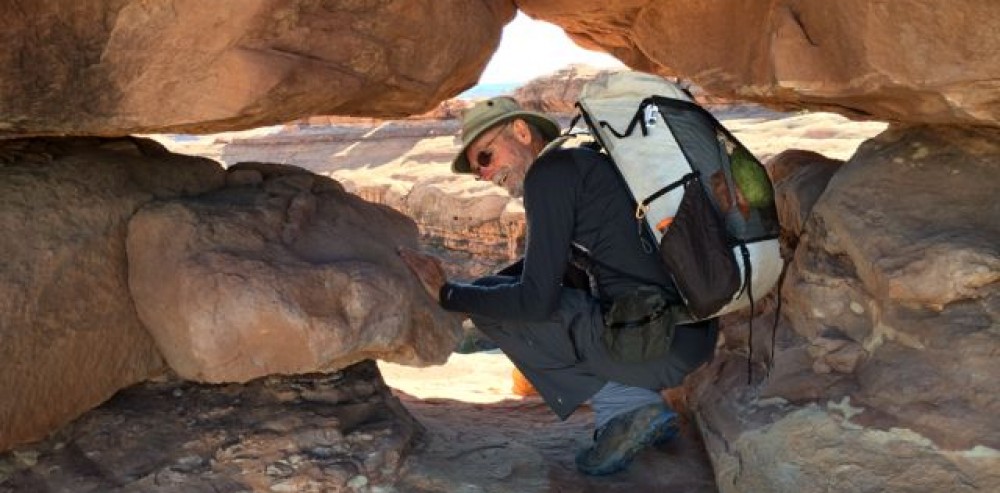 Not wanting to prejudice Dragonfly with the sobriquet of SS Sisyphus I’ve casually glided over many and most of her travails. All things on or near the sea suffer a corrosive deterioration that will infect even the most stalwart and healthy systems. Dragonfly, now in her 14th year, can suffer multiple system failure, especially in those systems sensitive to the salt water environment, that on terra firma should last a lifetime if not generations. Fortunately not all things happen at once, more like a slow motion cascade of occurrences that keep the crew and mostly it’s captain in the steady pose of that mythological character, Sisyphus, crouched below a mass pushing uphill against overwhelming and daunting obstacles, and in Dragonfly’s metaphor, across the seas.
Not wanting to prejudice Dragonfly with the sobriquet of SS Sisyphus I’ve casually glided over many and most of her travails. All things on or near the sea suffer a corrosive deterioration that will infect even the most stalwart and healthy systems. Dragonfly, now in her 14th year, can suffer multiple system failure, especially in those systems sensitive to the salt water environment, that on terra firma should last a lifetime if not generations. Fortunately not all things happen at once, more like a slow motion cascade of occurrences that keep the crew and mostly it’s captain in the steady pose of that mythological character, Sisyphus, crouched below a mass pushing uphill against overwhelming and daunting obstacles, and in Dragonfly’s metaphor, across the seas.

The windlass motor is a good example. We probably changed that out at least six times after various fixes both on board and at a local motor repair shop. Each time something else seemed to be the culprit. It didn’t help that the replacement parts that Dragonfly recently purchased apparently lacked quality control in manufacture. Even with an unlimited warranty and free replacement, that doesn’t help when you are far from phone and FedEx.
Humor, luck and un-ending ingenuity keep the captain smiling at the toil that would easily thwart lesser mortals. As on all cruising boats, the captain has to be the engineer and crew as well as decider of routes and watches. Off-watches aren’t always off, as there are problems to solve, crew to help and answers to provide.

The main sail is another example: After paying double the quote for sail repair and seam reinforcement at a sail loft in Sarasota this Fall, Dragonfly’s main parted exactly on one of the seams they’d paid to have reinforced. Go figure. It took four of us two days to hand stitch the 12′ rip and the luft and leech damage.
In the case of Dragonfly, it’s a matter of chasing the jinx rabbit from hatch to hatch, engine to motor, panel to rigging all the time prioritizing what can be done when. And, of course, what resources remain in the stores that can be fashioned to the occasion. She’s a large vessel, with more than most lockers, spares and parts, but it’s easy to deplete the normal supplies and materials, her demands so great and continual. Pattern recognition becomes a Darwinian trait most desirable when trying to associate a fix with some part languishing in an obscure locker.
Alas, the triumph of one solution is quickly occluded by those further issues needing attention in the serpentine line running along rigging, cables, systems and bulbs. Note the propeller shaft coupling parting from the transmission.
Fueled by the challenge, or caffeine, the captain steams on with nary a breath or concern for waiting prospects. When I finally had the courage to mention the word Sisyphus in regards to Dragonfly, Al’s instant response was “Sisyphus was a pussy”.














